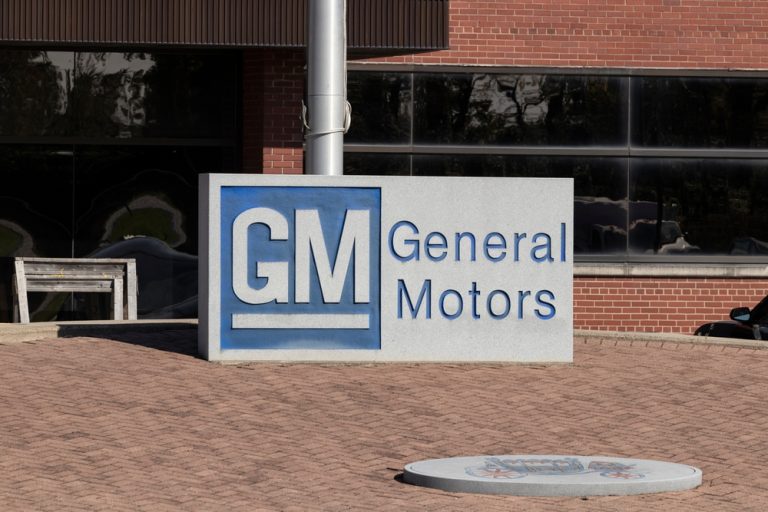General Motors (GM) has announced a significant shift in its manufacturing strategy, investing $888 million in its Tonawanda Propulsion plant in Buffalo, New York. This investment will support the production of the automaker’s sixth-generation V-8 engines, a move that marks a pivot from a previous commitment to electric-vehicle (EV) drive units. The new engines will be a key component in GM’s full-sized trucks and SUVs, offering enhanced fuel economy and reduced emissions thanks to innovative combustion and thermal management technologies.
Shift from EV Units to V-8 Engines
The $888 million investment replaces GM’s earlier $300 million plan to produce electric-vehicle drive units at the Tonawanda facility. The shift reflects the company’s response to the slower-than-anticipated adoption of EVs, especially in the full-size truck and SUV segments, which continue to rely heavily on traditional gasoline engines. GM’s decision signals its commitment to improving its core offerings while still working toward a future with greater electrification in its fleet. The new V-8 engines will be a critical element of GM’s push to deliver more fuel-efficient and high-performing trucks and SUVs to the market.
Environmental Benefits and Manufacturing Innovation
According to GM, the new generation of V-8 engines will integrate advanced combustion technologies and better thermal management, resulting in improved fuel efficiency and reduced emissions. This aligns with the company’s broader environmental goals, aiming to balance the need for performance with a reduction in the environmental impact of its vehicles. GM’s investment in the Tonawanda plant showcases its ongoing efforts to innovate within the traditional combustion engine market, even as it navigates the transition to electric mobility.
Supporting U.S. Manufacturing and Job Growth
GM’s chair and CEO, Mary Barra, emphasized that the investment is a testament to the company’s commitment to strengthening American manufacturing. “Our significant investments in GM’s Tonawanda Propulsion plant show our commitment to strengthening American manufacturing and supporting jobs in the U.S.,” Barra said in a statement. The project is expected to support 870 jobs at the Tonawanda facility, including 177 positions that were previously at risk. The state of New York is supporting the initiative with up to $16.96 million in tax credits, contingent on GM’s investment commitments.
Future Outlook and the EV Transition
While the Tonawanda plant will begin production of the sixth-generation V-8 engines in 2027, it will continue producing the fifth-generation engines for the foreseeable future. This ensures a smooth transition for GM’s product line and workforce as it continues to evolve its manufacturing capabilities. Despite the shift in focus, GM remains committed to electrification. The company’s lobbying efforts to overturn California’s stricter EV regulations demonstrate the ongoing tension between market realities and the push for environmental regulations. As the company adapts to changing consumer demands, the future of GM’s manufacturing strategy will likely continue to involve a mix of traditional and electric powertrains.


